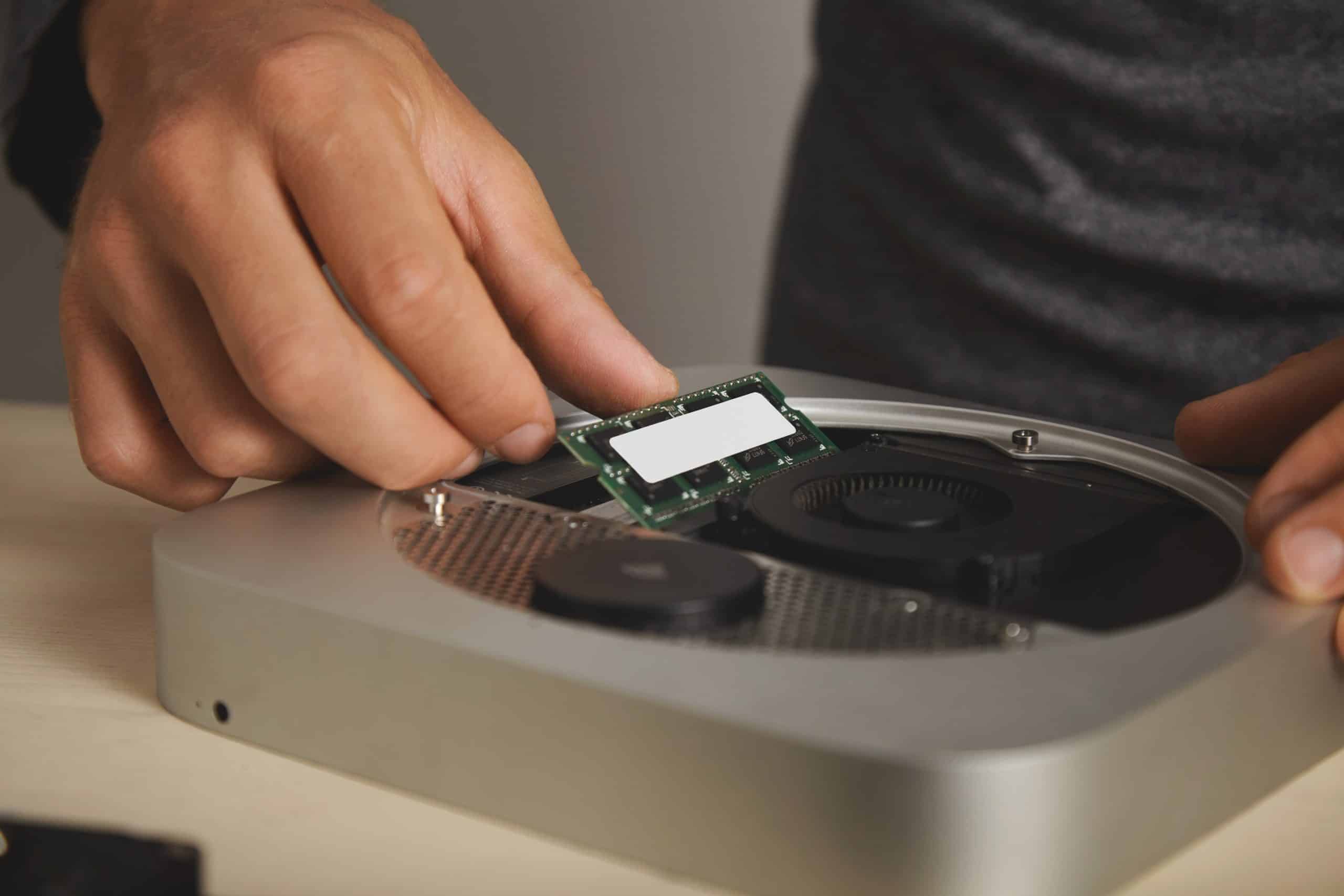How Is Augmented Reality Being Used in Vehicle Maintenance and Repair?

Imagine a future where your vehicle is not just a mode of travel, but a digital companion that interacts with you, helping you navigate, optimize fuel usage, and even diagnose and repair problems. This is not a far-off prediction; it’s a reality that’s unfolding before our eyes, courtesy of advancements in augmented reality technology in the automotive industry. This article explores how this innovative technology is revolutionizing vehicle maintenance and repair, improving the experience for both professionals and car owners.
Augmented Reality in Vehicle Design and Manufacturing
The application of augmented reality in automotive technology is not limited to the end user. It begins right from the design and manufacturing stage.
Lire également : What Innovations Are Driving the Miniaturization of Medical Devices?
Augmented reality (AR) has a lot to offer in terms of vehicle design. With AR, designers can create, modify and test virtual prototypes of cars. They can visualize how a design would look in the real world without the need for physical mock-ups. This not only speeds up the design process, but also helps save resources.
In manufacturing, AR helps with assembly, quality checks and training. Workers can use AR glasses or apps to see the assembly instructions overlaid on the actual parts. This can significantly reduce the time taken to assemble a vehicle. AR can also be used to train new employees, helping them learn the assembly process faster.
Sujet a lire : How Are AI and Robotics Transforming Traditional Farming Practices?
AR for Vehicle Maintenance and Repair
The application of AR extends beyond design and manufacturing. It has a significant role to play in vehicle maintenance and repair.
When your car develops a problem, the traditional method of diagnosing the issue involves taking the car to a garage, where a technician uses diagnostic tools to figure out what’s wrong. But with AR, this process can become a lot faster and more efficient.
AR-based maintenance apps can provide real-time data about the vehicle’s condition. All you need to do is point your phone at the car engine, and the app will overlay information about the different parts, indicating any issues. This can help car owners understand the problem and decide whether they can fix it themselves or need professional help.
For professional technicians, AR can be a real game-changer. They can use AR glasses to access repair guides and schematics while working on a vehicle. This hands-free access to information can help them work faster and reduce errors.
Augmented Reality for Training Automotive Technicians
Augmented reality is not just helping technicians with their current work; it’s also playing a key role in their training.
Automotive repair is a complex field that requires a wide range of skills. Traditionally, training aspiring technicians involves a mix of classroom instruction and hands-on practice. However, getting enough practical experience can be challenging, especially for tasks that involve high-end, expensive vehicles.
This is where AR comes in. Using AR, trainees can practice repairs on a virtual car before they touch a real one. They can make mistakes, learn from them, and repeat the process until they get it right, all without any risk of damaging a real vehicle. This can significantly speed up the learning process and produce better-trained technicians.
The Future of Augmented Reality in the Automotive Industry
The adoption of augmented reality in the automotive industry is still in its early stages, but the potential is enormous.
In the future, augmented reality could transform the way we interact with our cars. We could have AR-based navigation systems that overlay directions on the real world, making it easier to follow them. We could also have AR apps that provide real-time data about the vehicle’s performance, helping us drive more efficiently.
In terms of maintenance and repair, AR could make it possible for anyone to diagnose and fix common car problems, reducing the need for professional mechanics. And for professionals, AR could provide a wealth of information at a glance, making their work more efficient.
While these possibilities are exciting, they also raise questions about data privacy and security. As our cars become more connected and generate more data, it’s crucial to ensure this data is protected. As the technology evolves, these challenges need to be addressed.
To sum up, augmented reality is set to revolutionize the automotive industry, making vehicles smarter, repairs simpler and driving a whole lot safer. It’s an exciting time to be a car owner or a professional in the automotive industry!
Augmented Reality in Automotive Quality Control and Safety
In addition to improving the driving experience and transforming the methods of vehicle maintenance and repair, augmented reality is also significantly impacting quality control and safety in the automotive industry.
Quality control is a critical aspect of automotive manufacturing that ensures vehicles meet the necessary standards and function as expected. Traditionally, this process involved manual inspections that are time-consuming and prone to human error. However, with augmented reality, this process has been greatly improved. Technicians can now use AR glasses to perform real-time data analysis on each part of the vehicle as it moves along the assembly line. This advanced tool overlays digital information onto the real world, highlighting any inconsistencies or defects immediately. This not only enhances the accuracy of quality control but also saves time and reduces production costs.
Safety is another crucial area where AR is making a significant impact. For instance, automotive engineers can use augmented reality to simulate various driving conditions and assess how a vehicle would react in an emergency. This gives them the opportunity to identify potential safety issues and modify the vehicle design to improve safety performance.
In the realm of user experience, augmented reality is being used to enhance drivers’ field of view. Some cars are now equipped with AR dashboards that project information like speed, fuel levels, and navigational cues onto the windshield. This keeps important information within the driver’s line of sight and reduces distractions, thereby improving safety on the road.
Conclusion: The Emerging Role of Augmented Reality in the Automotive Sector
As we have explored throughout this article, augmented reality is rapidly changing the landscape of the automotive industry. This revolutionary technology is enhancing the design and manufacturing process, transforming vehicle maintenance and repair, improving quality control, and making driving safer and more efficient.
However, it’s important to note that the integration of AR into the automotive sector also brings challenges. Data privacy and security are significant concerns, as the increasing connectivity of vehicles generates more data. Therefore, as the automotive industry continues to embrace augmented reality, it’s imperative to ensure robust measures are in place to protect user data.
Furthermore, while the potential of AR in the automotive market is immense, its successful implementation depends on continuous advancements in software development and hardware capabilities. The automotive sector will need to collaborate closely with technology companies to leverage the full potential of augmented reality.
In conclusion, augmented reality is poised to drive the future of the automotive industry. As augmented reality technology continues to mature and expand, we can expect to see even more exciting innovations that will redefine our driving and vehicle ownership experience. The role of augmented reality in the automotive industry is one to watch, as the potential for growth and transformative change is undoubtedly immense.
